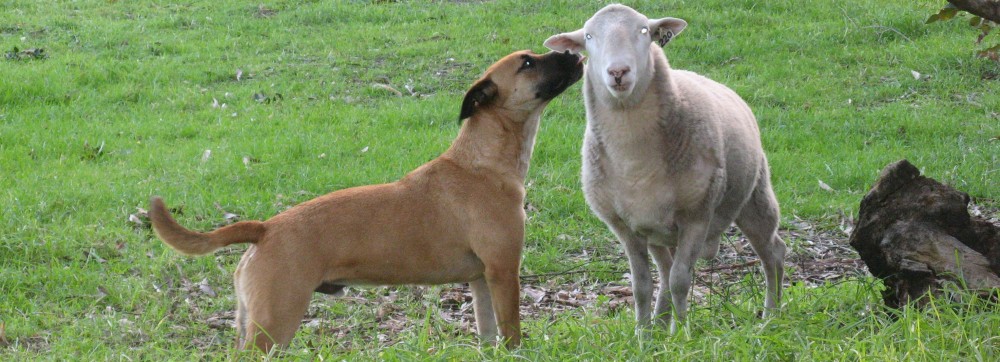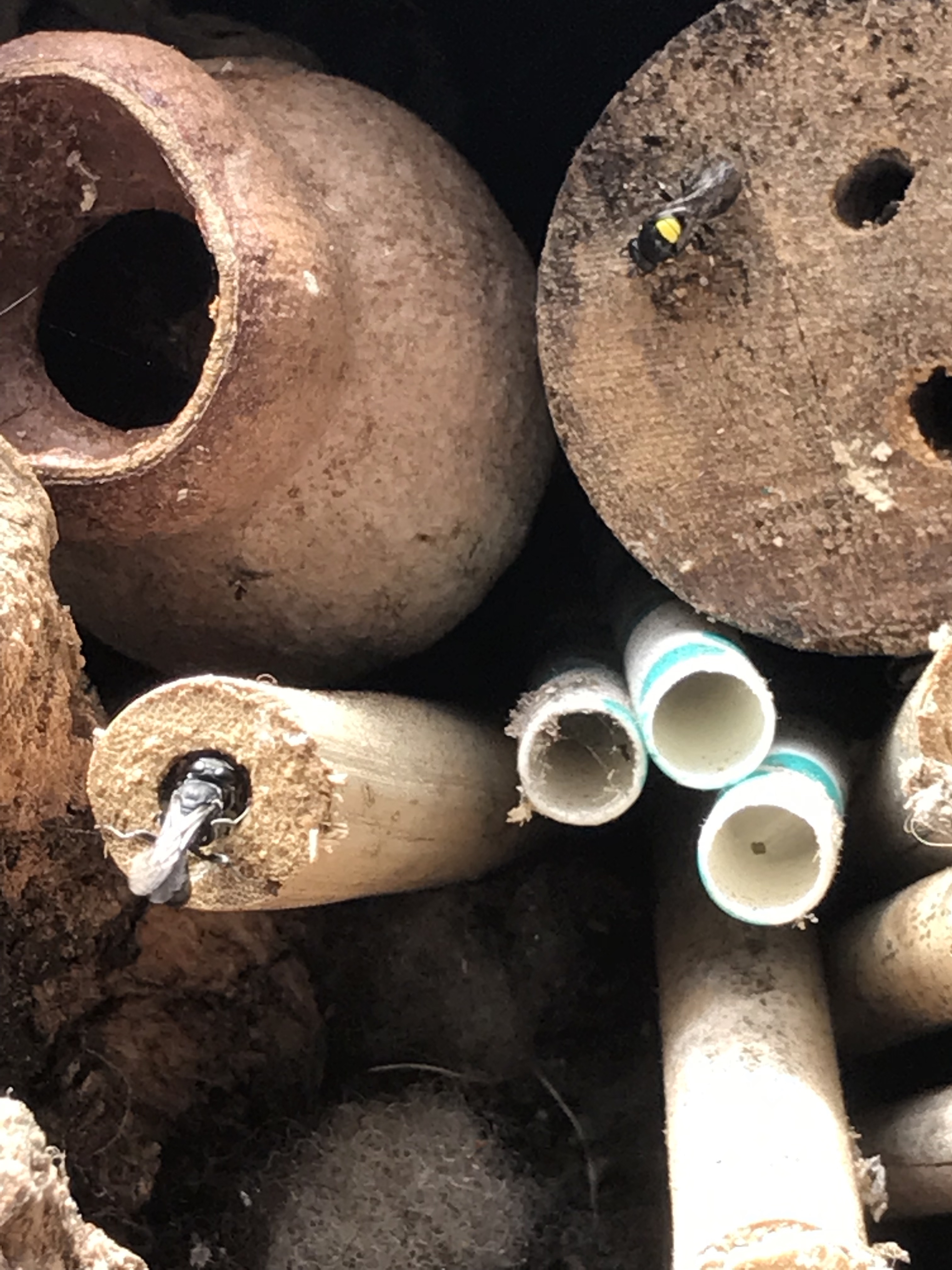It is generally suggested that providing homes for native solitary bees like this helps nature as so much of their natural environment is being removed. Bee hotels also provide the opportunity to observe our native bees more closely- some are so small we don’t even give them a glance and often think they are flies. Native bees and wasps are also valuable pollinators, and there are thoughts that the introduced honey bee may take over most of their food source so there are moves to increase community awareness about them.
There is also an argument against using ‘made’ bee hotels- mainly because they bring together various species that may not usually reside in such close vicinity, and with that there is the potential for disease to spread. It also provides easy access for parasitic wasps such as the gasteruptiid wasp which lays it eggs in the nests of solitary bees, with their larvae feasting on the host eggs and food supply provided by the native bee.
We have had various ‘bee hotels’ around the place for a few years, but they have tended to be hastily put together so not very neat (although they were certainly functional with many native bees and some small wasps taking up residence!). On our property there are also an abundance of natural homes such as holes in tree stumps, reeds, bamboo etc. We decided however to provide a more attractive (to us) bee hotel in a better location so we could observe more closely, so the McCarthy Park Bee ‘n’ Bee was created on the front veranda using an old cupboard.
So far it has proved a success, with resin bees (Megachile) and masked bees (Hylaeus), and some small solitary wasps taking up residence (even while the hotel was still being finished!).





